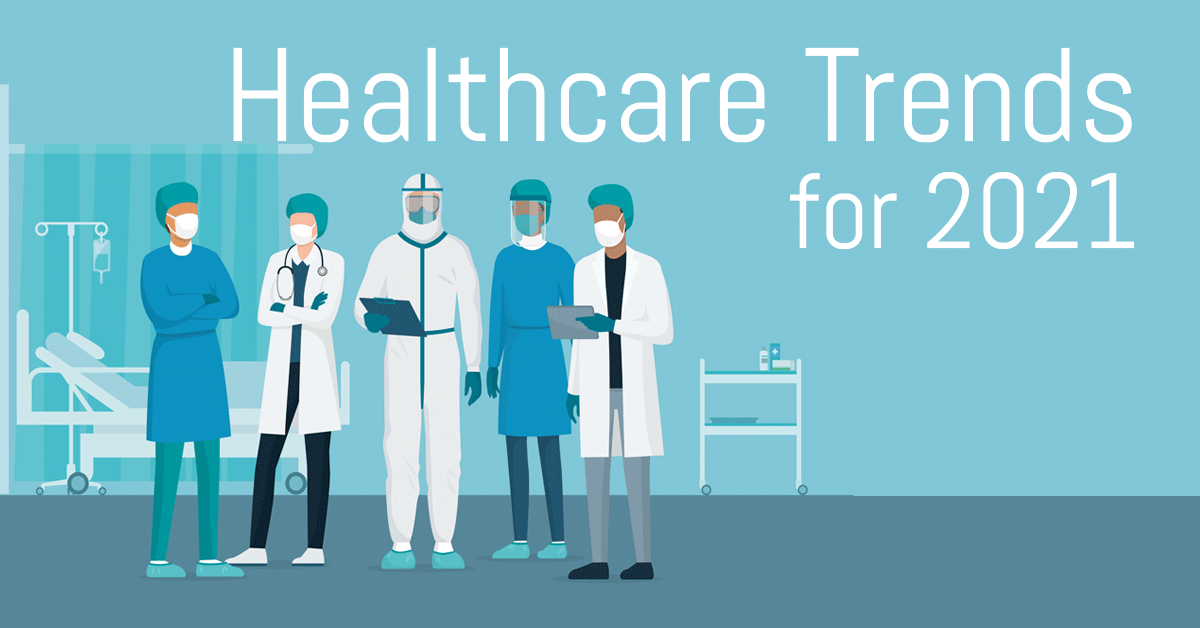CTG Tech appreciates the sacrifices of all healthcare workers during these unprecedented times. Thank you for your continuous support and care when uncertainty prevailed.
After 2020, change is inevitable and to be expected. Healthcare has found new ways to work and remain efficient and productive in rapidly changing environments. Technology and innovative thinking have helped the healthcare industry adapt, and this is not likely to change any time soon.
#1 – Virtual Care
Providing effective care virtually is one of the biggest changes the healthcare industry has experienced, and it is a trend that will remain well into the future. Patients are more receptive to care that is the easiest to access, for example providing the option for patients to schedule online for virtual or in-person appointments.
Patients, young and old, prefer telemedicine appointments as well as other aspects of virtual care.
Virtual care will accelerate the otherwise slow adoption of technology in the healthcare industry. Telemedicine, teledoc, and more will allow healthcare providers to safely and efficiently continue care for their patients.
Providing this kind of care stresses the importance of consolidating, sharing, tracking, and accessing data with ease.
#2 – Data Tracking: AI and Machine Learning
AI (artificial intelligence) is among one of the top trends for healthcare for this year.
AI has been most commonly used for diagnostic decision making and dictations, however the pandemic revealed inefficiencies in data tracking and usage. In the future, we will begin to see AI more frequently being used for early-warning detection, contact tracing, and supporting virtual care for patients and internal operations.
#3 – The Internet of Medical Things (IoMT)
IoMT is simply all medical devices that are connected to a healthcare provider through the internet. embedded with sensors and software to connect and exchange data with other devices using the internet. For example, Amazon’s Alexa is considered an IoT device, as well as a FitBit or other wearable health trackers. IoT devices can enhance virtual care by providing the ability to remotely monitor patients.
Monitoring devices can provide details of a patient’s heart-rate, blood pressure, temperature, and more.
#4 – Shift to the Cloud
The ability to access and share data efficiently has always been a struggle for the healthcare industry, but virtual care as well as a global shift to working from home.
The healthcare industry has begun moving their on-prem EHRs to the cloud which has allowed for better patient care with the ability to access data easier. Facilities and doctors’ operations internally and externally can be more efficient with cross-sharing and cross-facility data.
The more data for a patient that is available the better care than can be provided, and at a faster rate.
Migration to the cloud allows multiple perspectives and productivity for day to day operations, patient care, and overall increased efficiency.
#5 – Cybersecurity
Cybersecurity risks have increased substantially with the move to virtual care as well as the pandemic in general. Cybercriminals take advantage of people during times of heightened emotions, and the pandemic was certainly no exception. Ransomware attacks on the healthcare industry increased 50% during Q3 of 2020.
Better cybersecurity measures are desperately needed to halt the trends of attacks healthcare faces. Biometric security is one way the industry plans to fight against the attacks. Biometric security uses fingerprints, facial recognition, and more to prevent unauthorized users from accessing sensitive data.
Multi-factor authentication and continued employee training is another way the healthcare sector can fight cyber attacks.
Technology can be a huge asset to propelling the healthcare industry forward, as long as it is used correctly, efficiently, and to the fullest of its ability. Technology doesn’t have to be difficult to implement, but remaining relevant without using technology will be.
![]()




